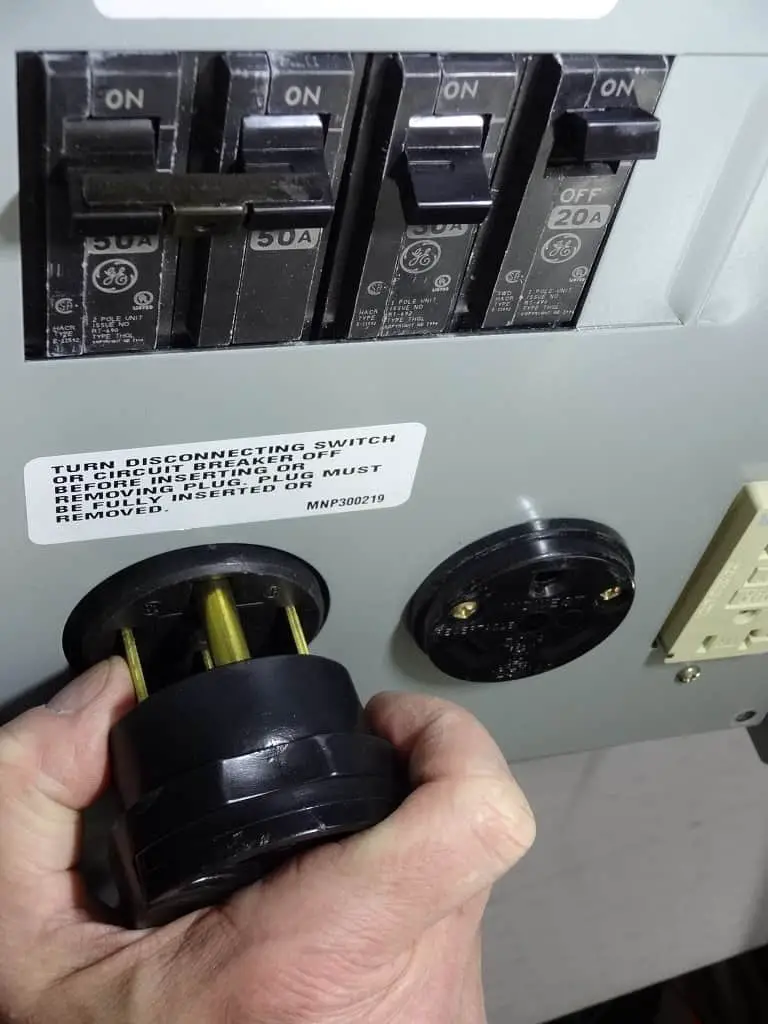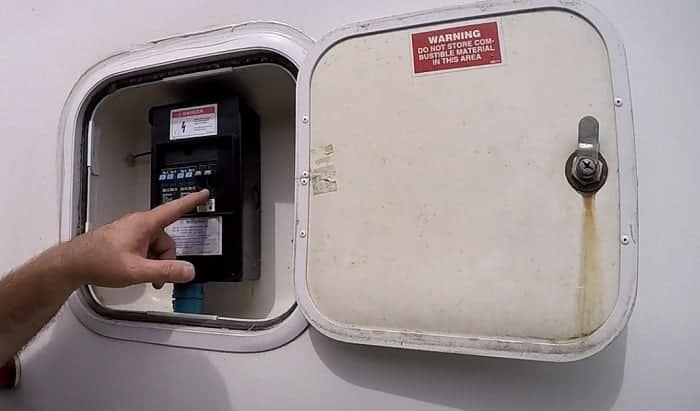RVers, rejoice! Finally, there’s a comprehensive guide to RV breakers. This guide will tell you everything you need to know about the different types of breakers and how to use them.
So whether you’re just getting started in RVing or you’re a seasoned pro, be sure to check out this guide. You never know when it might come in handy! Happy RVing!
What type of breaker do I need for my RV?

There are three main types of RV breakers- circuit breakers, GFCI breakers, and surge protectors. Circuit breakers are the most common type of breaker, and they protect your RV’s electrical system from overload by automatically shutting off the power when too much current is flowing through the system.
GFCI breakers are less common, but they’re essential for protecting against shock hazards. If you’re not sure which type of breaker you need, be sure to consult with a qualified electrician or your RV dealer.
Which type do I use:
1. If you are just getting started in RVing, or if your RV doesn’t have a lot of electrical needs, a circuit breaker may be all you need.
2. If you have more electrical needs, or if you want an extra layer of protection, a GFCI breaker may be a better choice.
3. If you are concerned about power surges, a surge protector may be the best option for you.
Why are RV breakers important parts of an RV?

RV breakers play a vital role in protecting your RV’s electrical system. By automatically shutting off the power when too much current is flowing through the system, they help prevent overloads that could damage your RV’s electrical components.
Additionally, GFCI breakers provide an extra level of protection against shock hazards. So if you’re not sure which type of breaker you need, be sure to consult with a qualified electrician or your RV dealer.
>>Read More: Are RV Breakers the Same as Home Breakers?
Which is the suitable place for the RV breaker?
There is no one-size-fits-all answer to this question, as the ideal location for your RV breaker will vary depending on the size and layout of your RV. However, a good rule of thumb is to locate the breaker near the main electrical panel for your RV. This will help ensure that the breaker is easily accessible in case of an emergency.
When should I need to change the RV breaker?
There is no set time frame for changing your RV breaker, as it will depend on factors such as the age of your RV and the amount of use it gets. However, it’s generally a good idea to replace your RV breaker every few years to ensure that it’s in good working order. Additionally, if you notice any signs of wear or damage, be sure to replace the breaker immediately.
Signs of wear or damage include:
– Cracks in the housing
– Loose or damaged wires
– Burnt or charred components
If you notice any of these signs, be sure to replace the breaker as soon as possible to avoid any potential electrical hazards.
How do you change an RV breaker? step by step in detail
Changing an RV breaker is a relatively simple process, but it’s important to follow the steps carefully to avoid any potential hazards.
Step 1:
First, turn off the power to your RV at the main electrical panel. Then, locate the RV breaker you need to replace. The breaker will be mounted inside the electrical panel, so you may need to remove a panel cover to access it.
Step 2:
Once you’ve located the breaker, use a screwdriver to loosen the screws that secure it in place. Then, gently pull the breaker out of the panel.
Step 3:
Next, take the new breaker and insert it into the panel in the same position as the old breaker. Be sure to line up the screw holes so that you can easily secure the new breaker in place.
Step 4:
Finally, use the screwdriver to tighten the screws and secure the new breaker in place. Once the breaker is secure, you can turn the power back on to your RV and resume using it as normal.
Step 5:
Test the new breaker by flipping it on and off a few times.
If everything is working properly, you’re all set! If not, be sure to consult with a qualified electrician to troubleshoot the problem.
Frequently asked questions:
Q: What are some common problems with RV breakers?
A: Some common problems with RV breakers include loose or damaged wires, burnt or charred components, and cracks in the housing. If you notice any of these problems, be sure to replace the breaker as soon as possible.
Q: How long last an RV breaker?
A: There is no set time frame for how long an RV breaker will last, as it will depend on factors such as the age of your RV and the amount of use it gets. However, it’s generally a good idea to replace your RV breaker every few years to ensure that it’s in good working order.
Q: How do I know if my RV breaker is bad?
A: One way to tell if your RV breaker is bad is to look for signs of wear or damage, such as cracks in the housing, loose or damaged wires, or burnt or charred components. If you notice any of these signs, be sure to replace the breaker as soon as possible.
Q: Where is the best place to buy an RV breaker?
A: You can purchase an RV breaker at most hardware stores or online retailers. Be sure to select a breaker that’s compatible with your RV’s electrical system.
Q: How much does an RV breaker cost?
A: The cost of an RV breaker will vary depending on the type and size of the breaker. However, you can expect to pay between $30 and $50 for a standard RV breaker.
Conclusion
Replacing an RV breaker is a simple process that can be completed in a few minutes. However, it’s important to follow the steps carefully to avoid any potential hazards. Be sure to turn off the power to your RV before beginning, and consult with a qualified electrician if you have any questions or concerns.

Hi I’m Joiel Borid Creators of RV Outsider. Wild Life’s first camping was started when I’m 8 years old, at the Home Front Yard. Moto of RV Outsider shares my experience, expertise, and knowledge that I learned, and apprises about my next journey. So stay tuned with RV Outsider.
